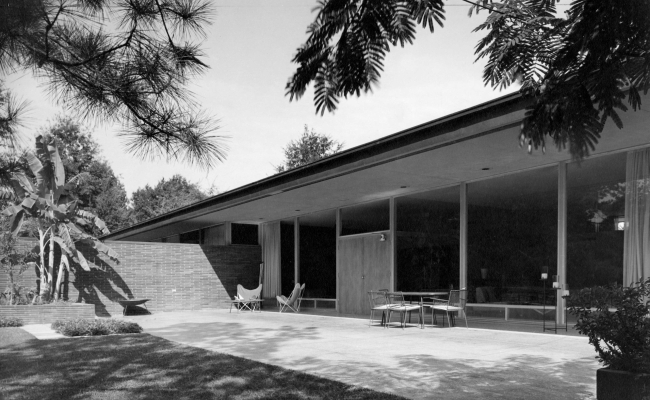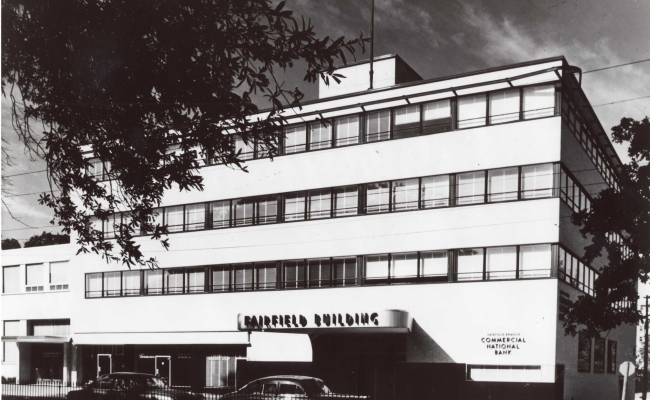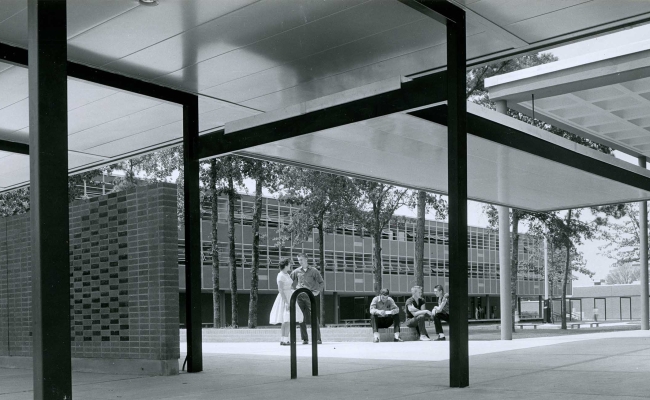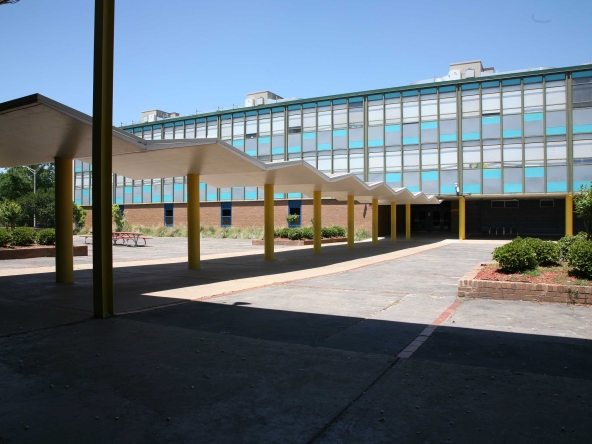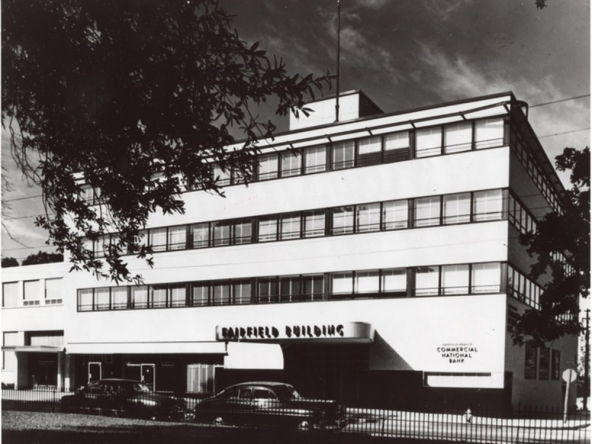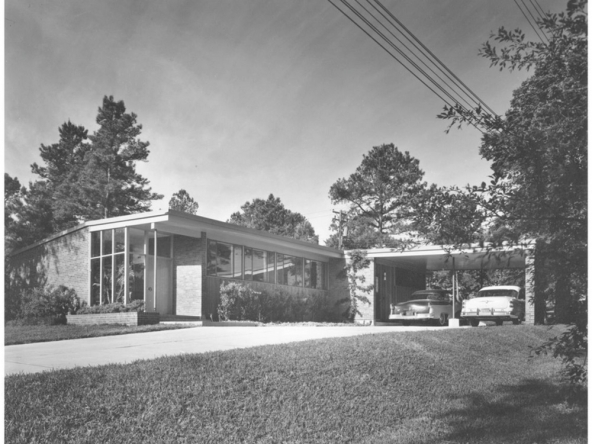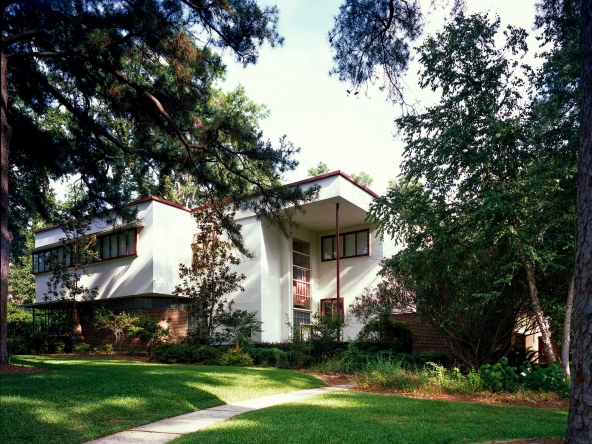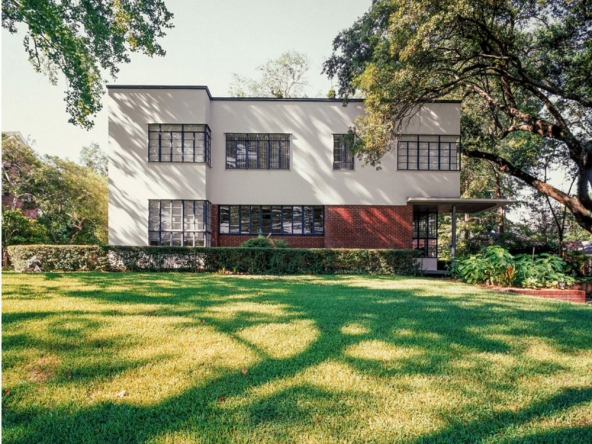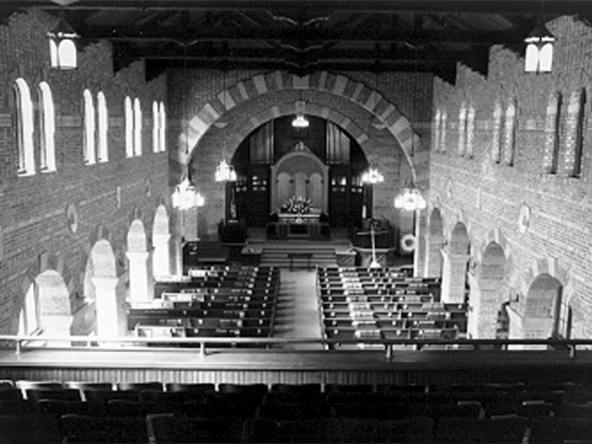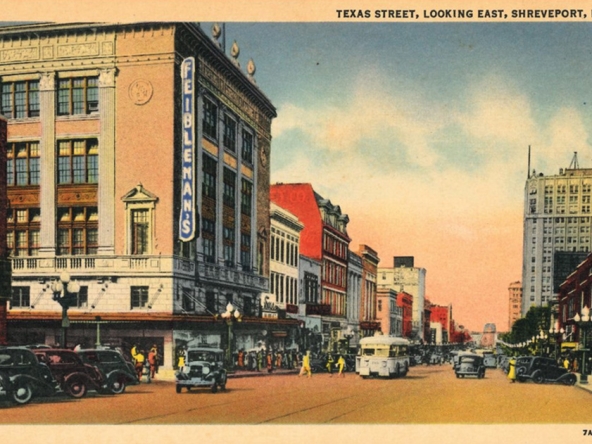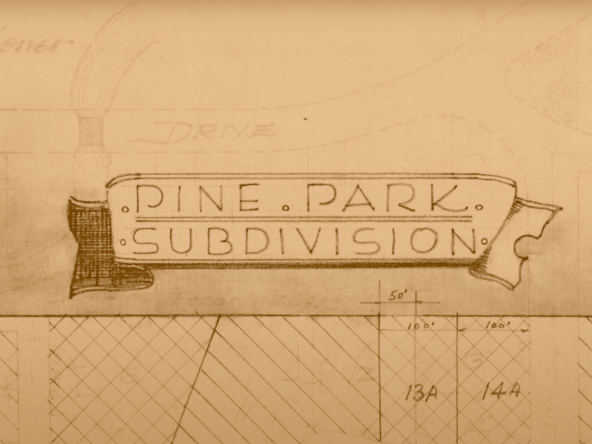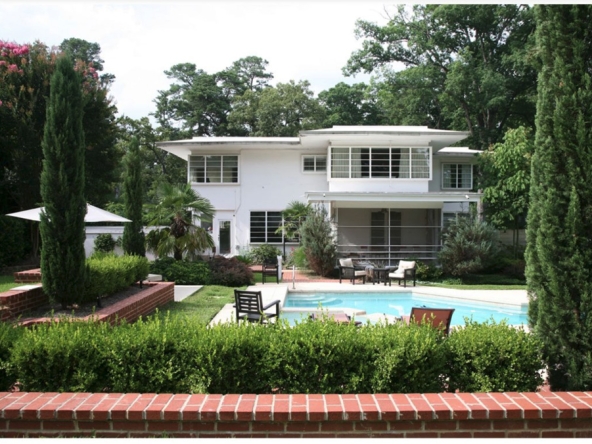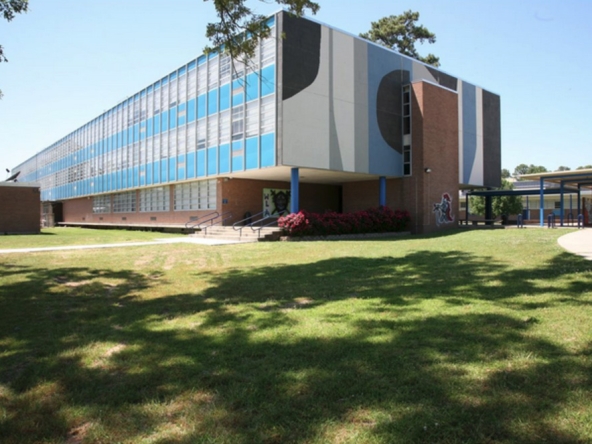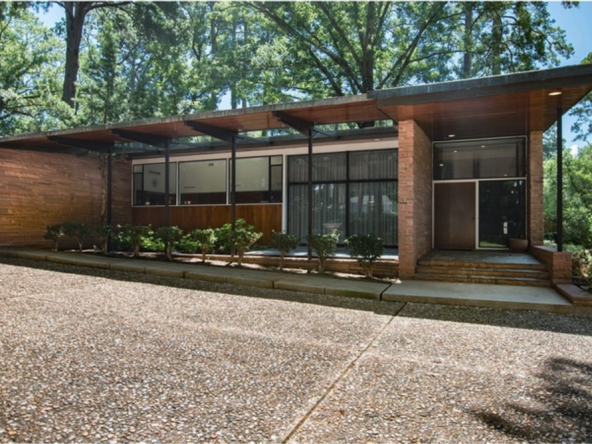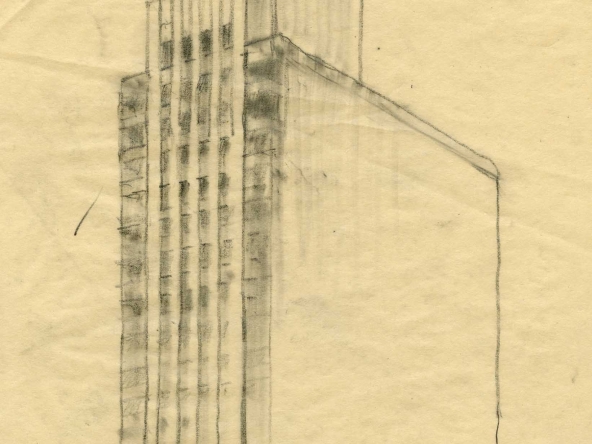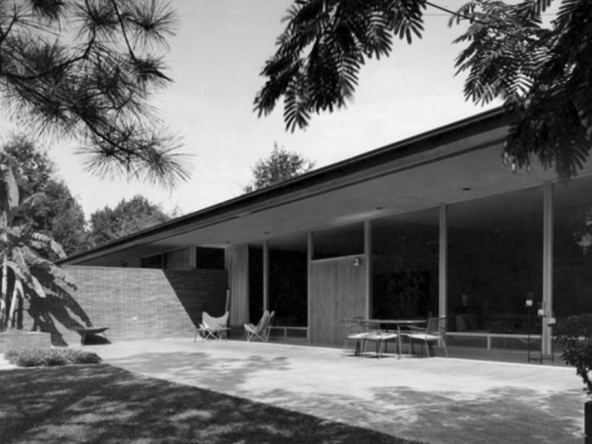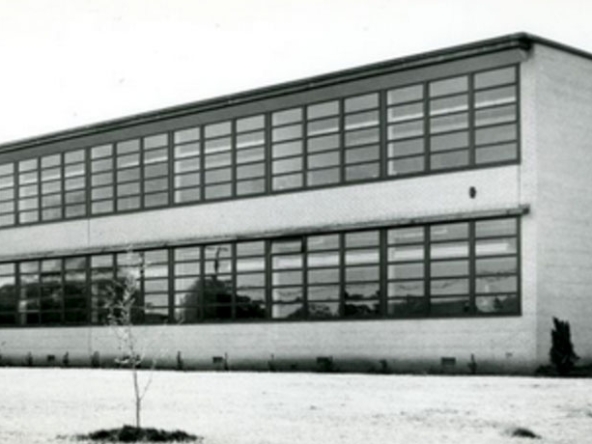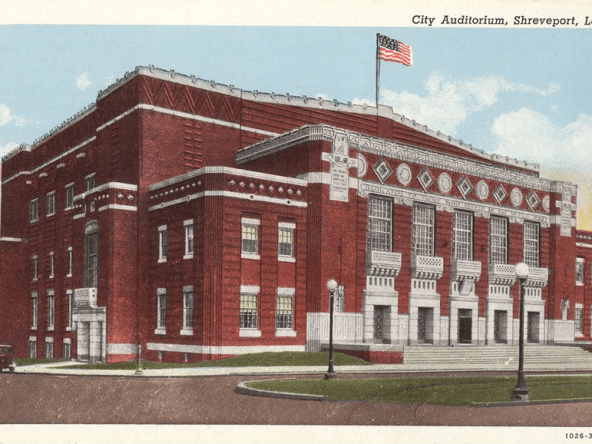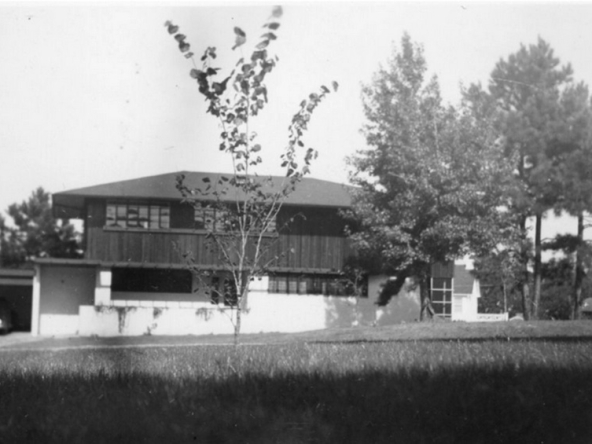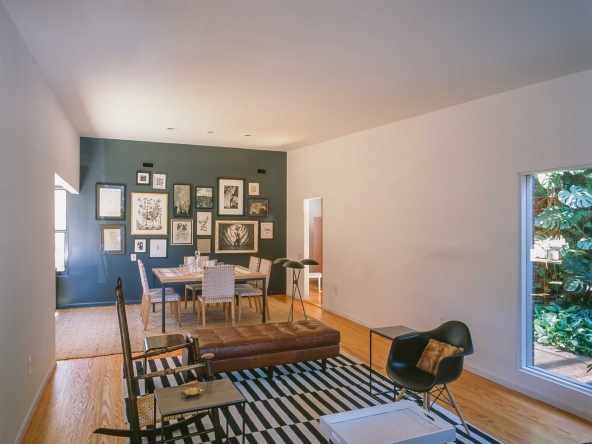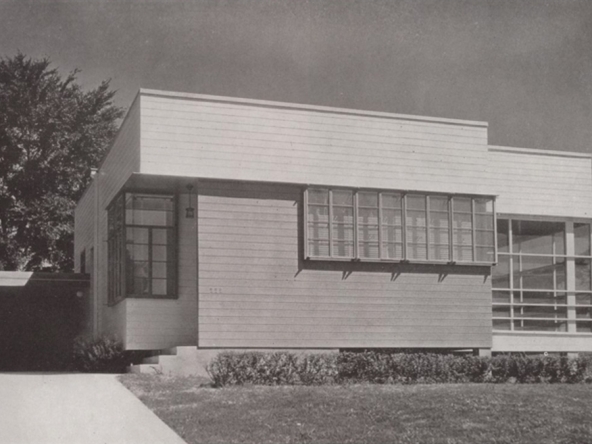Take a Self-Guided Tour of the Wiener Brothers Architecture
With generous support from the Louisiana Department of Culture, Recreation and Tourism, Office of Cultural Development, Division of Historic Preservation, we were able to curate a collection of remaining Wiener Brothers architecture in Shreveport and Bossier City, Louisiana. Below are three curated, self-guided driving tours which will take you through the history of these amazing pieces of modernist architecture which we believe are an important piece of our community's sense of place and identity.
When taking these self-guided tours, please respect private property by appreciating these works from public streets and sidewalks.
By far their most prolific genre, the Wieners’ residential work provides an ideal window into their evolving styles and range of ambition. From examples of urban green space, to the very earliest moments of Modernism in the South, to adaptations of Wiener architecture to suit contemporary usage, the ten influential residential structures in this tour paint a comprehensive picture of Wiener architecture as it developed over time.
The Wieners’ civic architecture, which includes commercial, spiritual, and government structures, boasts some of the brothers’ most visually-stunning design. While landmarks such as the Big Chain Store and the Municipal Incinerator no longer stand, the ones that do offer us a valuable look into how Sam and Bill Wiener combined utility with innovation in the creation of buildings that continue to serve the city and its residents in day-to-day life.
Trend-setters in the field of classroom design, the Wieners advocated for such fundamental changes—laid out in Sam Wiener’s influential 1948 essay The Changing Classroom, published in the American School Board Journal)—as partition-based modular interiors, flexible design, north-south orientation, and light yet not “homelike” interior colors. Through such precepts, the Wieners brought the Modernist doctrine—form follows function—to bear on the question of school design.
A Selection of Wiener Architecture
Browse the first-ever freely accessible, online, curated archive of Wiener architecture. Though much of their work no longer stands, what remains is a testament to the variety, versatility, and utility of the work of Sam and Bill Wiener.
J.S. Clark Junior High School
- $7
A. Jack Tullos House
- $15
Kings Highway Christian Church
- $6
Shreveport Municipal Memorial Auditorium
- $4

